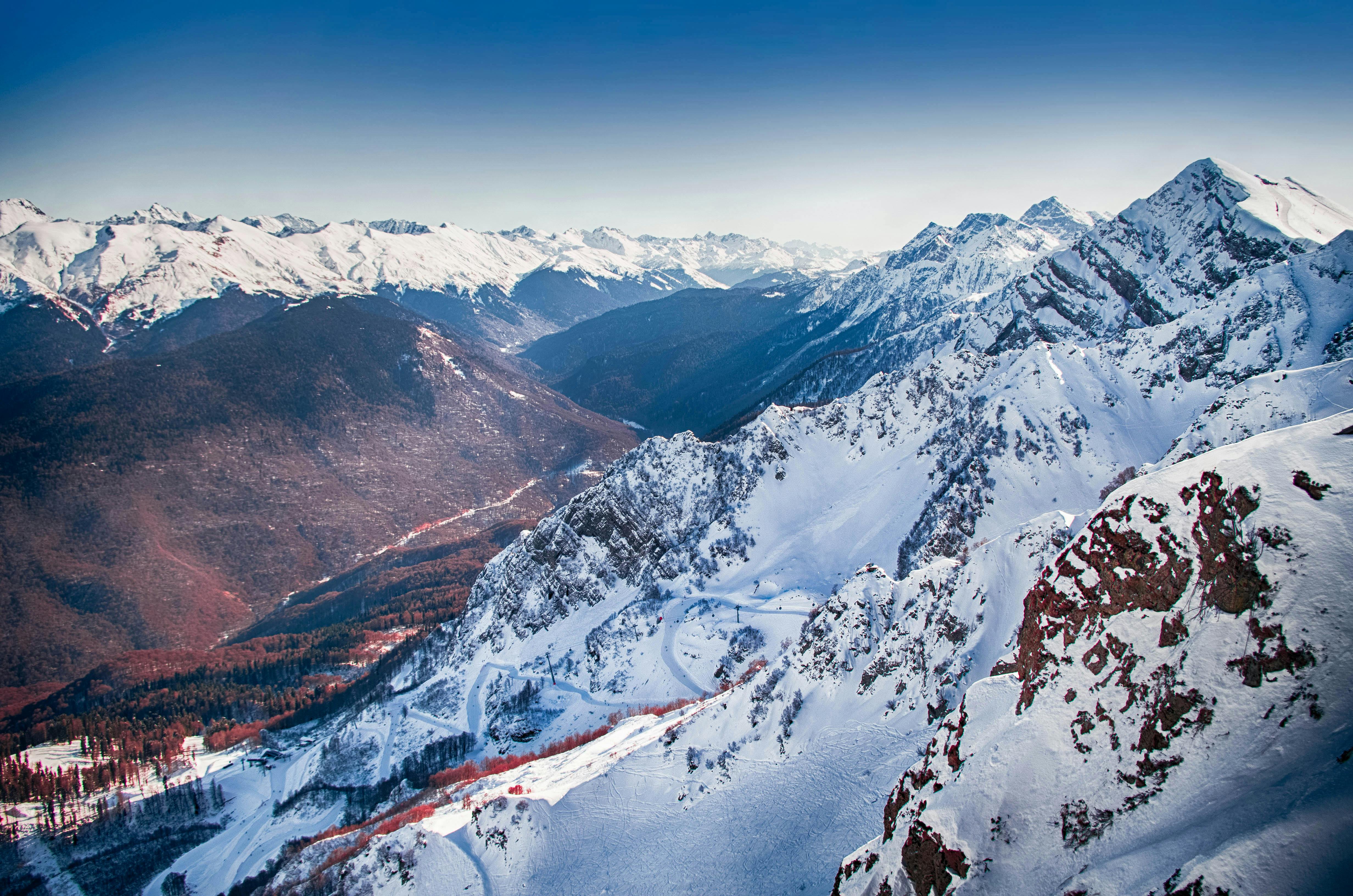
Capturing the Majestic Beauty of Alpine Landscapes through Photography
Capturing the Majestic Beauty of Alpine Landscapes through Photography
Introduction
The Alpine region is a natural wonder that is known for its striking landscape. Its natural beauty is iconic and has drawn photographers from all over the world to capture its stunning vistas. Whether you’re an amateur or professional photographer, the Alps offer an unparalleled opportunity to capture the majesty of nature.
Equipment
When it comes to photographing the Alpine landscape, you will need some essential equipment. A good camera with a tripod is a must, as it allows you to capture sharp images even in low light conditions. A wide-angle lens is also useful as it can capture a wider view of the landscape.
Other essential accessories include a polarizer, which helps reduce glare and increase contrast in your images, and a neutral density filter which helps control the amount of light entering the camera. Finally, a remote shutter release is useful to avoid camera shake and capture sharp images.
Timing
Timing is crucial when it comes to photographing the Alpine landscape. The best time of the day to capture the mountains is during the golden hours, which is the hour after sunrise and the hour before sunset. These times offer beautiful, warm, and soft light that creates a stunning contrast against the alpine landscape.
Additionally, the season also plays a crucial role in capturing the perfect shot. The best time to take photos of the Alps is during autumn, where the leaves of deciduous trees turn beautiful shades of red, yellow, gold, and brown. The snow-capped mountains, along with the colorful leaves, create a stunning view that is perfect to capture.
Composition
Composition is everything when it comes to photography. When photographing the Alpine landscape, you need to use the elements around you to create a stunning image. The rule of thirds is fundamental when composing your shots. Divide the frame into thirds, both vertically and horizontally, and place the essential elements of the picture at the intersection points.
Leading lines are also useful, leading the viewer's eye through the picture. Mountains, rivers, trees, and roads are excellent examples of leading lines. Finally, landscapes look better when they have foreground, middle ground, and background elements. Use the natural elements around you to create depth and interest in your pictures.
Conclusion
Capturing the Alpine landscape is not easy, but with the right equipment, timing, and composition, you can capture the majestic beauty of the mountains effortlessly. Use the elements around you to create interesting images, and most importantly, enjoy the experience of capturing the natural beauty of the Alps. With a little effort and practice, you can create stunning pictures that will capture the hearts of viewers and inspire future photographers to capture the beauty of our natural world.
